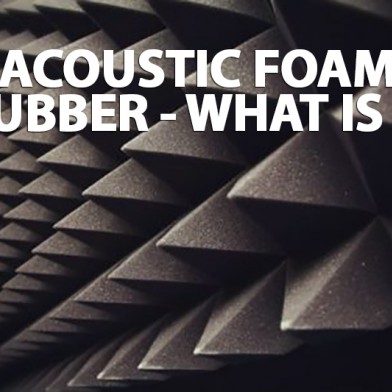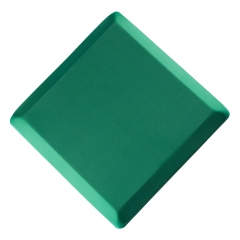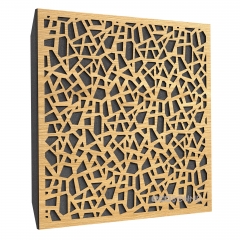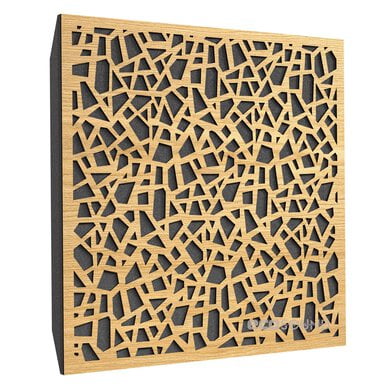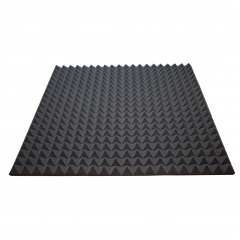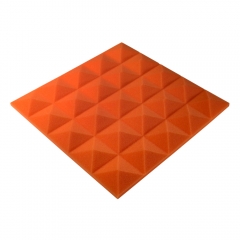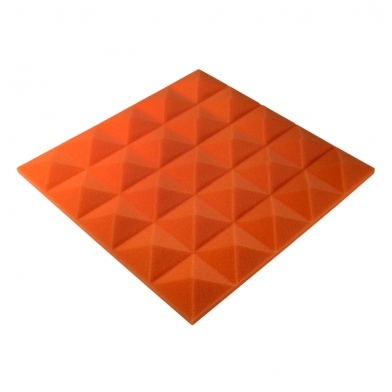Your shopping cart is empty!
Acoustic foam rubber - what is it?
- 07 June 2016 17:44:06
- Reviews: 0
- Views: 21365
-

 Acoustic foam is an open structure foam used for acoustic treatment.
Acoustic foam is an open structure foam used for acoustic treatment.Acoustic foam is an open structure foam used for acoustic treatment.
It attenuates sound waves in the air by increasing air resistance, which reduces the amplitude of the waves. The energy is dissipated as very little heat. Acoustic foam comes in a variety of sizes and is attached to walls, ceilings, and doors to control noise, vibration, and echo.
The result of using acoustic foam is to improve sound quality by removing residual reflections. To do this, acoustic panels are placed on the walls, ceiling and floor, effectively eliminating all resonance in the room.
The goal is to improve speech clarity and sound quality.
For this reason, acoustic foam is often used in recording studios.
The ultimate goal of using acoustic foam is to reduce, but not completely eliminate, resonance in a room.
This is achieved by placing acoustic foam, often in the form of pyramid panels, on opposite walls.
The effectiveness of the acoustic foam boards can be increased by providing an air gap between the acoustic foam board and the wall. This contributes to an increase in the absorption coefficient.
How acoustic foam works
 Acoustic foam is a lightweight material made from polyurethane foam or polyester. Plates are usually produced with a pyramid or cone profile.
Acoustic foam is a lightweight material made from polyurethane foam or polyester. Plates are usually produced with a pyramid or cone profile.Acoustic foam reduces or eliminates echo and background noise by controlling sound reverberation.
The use of acoustic foam rubber is more concerned with medium and high frequencies.
To cope with lower frequencies, bass traps are used, which are most often placed in the corners of the room.
Acoustic foam rubber "Pyramid" is used as a sound-absorbing material in professional recording studios, cinemas, including home cinemas, announcer's studios, television, concert halls, churches, as well as in gyms, shooting ranges, industrial premises.
Also, sound-absorbing material is used in diesel generators, industrial air conditioners, in call center booths.
Acoustic foam is mainly used in recording studios to minimize sound reflections from walls.
However, it can perform the same function in home theaters, manufacturing facilities, warehouses, home offices, shooting galleries, call centers, gymnasiums and auditoriums.
It can be placed in any room where the optimal combination of sound is needed.
Featured products
Showing 1 to 4 of 4 (1 Pages)


